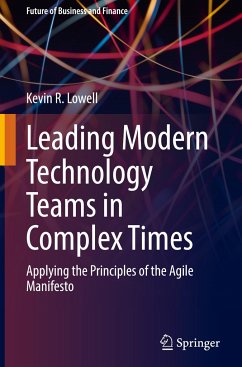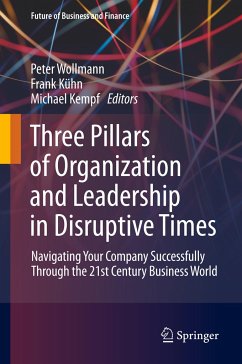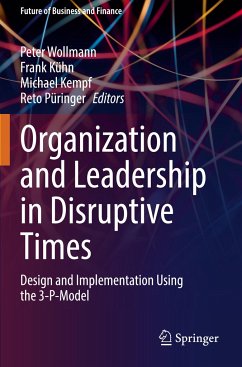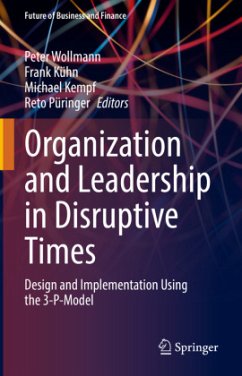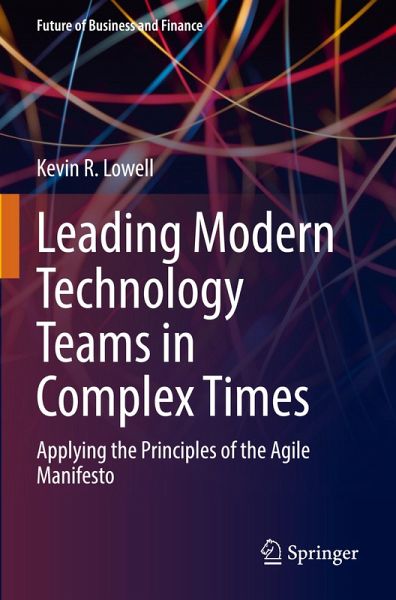
Leading Modern Technology Teams in Complex Times
Applying the Principles of the Agile Manifesto

PAYBACK Punkte
23 °P sammeln!
The practices of agile software development and DevSecOps (Development integrated with Security integrated with Operations) differ from traditional linear systems of working. The people doing this work - who they are and what they expect - and the way the work gets done in today's tech industry demand a leadership practice specific to this way of working. This book explores leadership practice in today's technology industry using the twelve principles of the Agile Manifesto as a framework. Each of the twelve principles includes a section of key takeaways to help the reader apply the principle ...
The practices of agile software development and DevSecOps (Development integrated with Security integrated with Operations) differ from traditional linear systems of working. The people doing this work - who they are and what they expect - and the way the work gets done in today's tech industry demand a leadership practice specific to this way of working. This book explores leadership practice in today's technology industry using the twelve principles of the Agile Manifesto as a framework. Each of the twelve principles includes a section of key takeaways to help the reader apply the principle in practice. It extends traditional notions of leadership, specifically Complexity Leadership Theory (CLT), to one that is post-heroic, acknowledging the processual, conjunctive and generative nature of leadership relationships.
Leader-follower dynamics are complex-they include power dynamics, conflict, ambiguity, and paradox-and technology organizations are complex. This book challenges the suitability of some aspects of complexity theory and offers practices that are more suitable for leading today's technology organizations.
Leader-follower dynamics are complex-they include power dynamics, conflict, ambiguity, and paradox-and technology organizations are complex. This book challenges the suitability of some aspects of complexity theory and offers practices that are more suitable for leading today's technology organizations.



